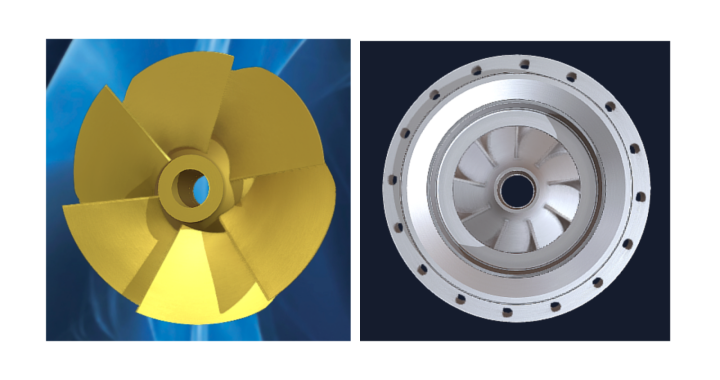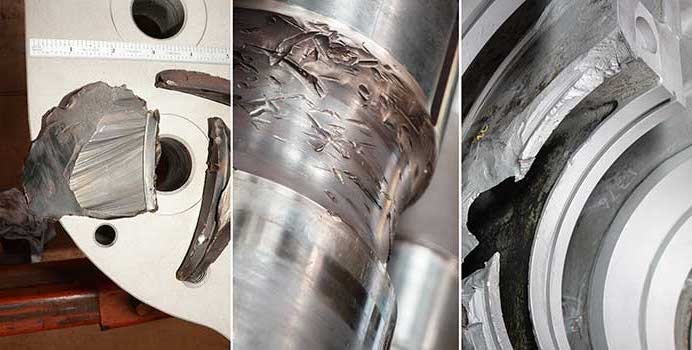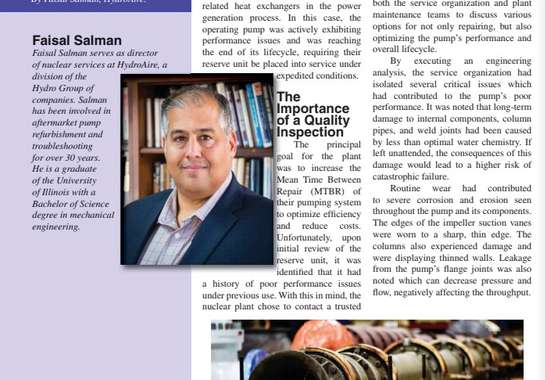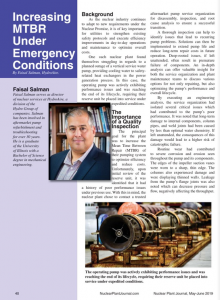
For Release 8:00 AM
Wednesday, December 27, 2023
Hydro Parts Solutions Announces New Purpose-Built Facility
Hydro’s newest expansion in Texas is a purpose-built facility with reverse engineering capabilities and greater ability to provide both cast and machined parts.
Nederland, TX. — Wednesday, December 27, 2023 — Hydro Parts Solutions (HPS), a subsidiary of Hydro, Inc., opened the doors of its new Nederland facility in June 2023. HPS announced immediate availability to support customers with emergency part solutions. Using their extensive experience in reverse engineering and casting technology, HPS manufactures high quality parts, including difficult-to-source or obsolete components. The combination of in-house expertise and partnerships with local foundries allows them to provide industry-leading lead times, maintain strict quality control, and produce all parts in the USA.
Embracing technology at every step, HPS offers casting simulations, CNC aluminum, investment, and 3D printed patterns, bleeding edge reverse engineering techniques, and a post-machining equivalency analysis. This commitment to advanced technology, stringent tolerances, and rigorous process documentation ensures that the parts they provide customers with are accurate and consistent.
“Being conveniently located so close to the Golden Triangle, we have a great advantage with local partnerships and proximity to materials,” said Travis Puente, Operations Manager at HPS, “and the foundries we’ve partnered with, we’ve thoroughly qualified for quality and efficiency.”
###
For more information, press only:
PR Contact Name: Laura Oppermann
Email: loppermann@hydroinc.com
Website: https://hydroinc.com/parts-solutions/





 As the nuclear industry continues to adapt to new requirements under the Nuclear Promise, it is of key importance for utilities to strengthen existing safety protocols and execute efficiency improvements in day-to-day operations and maintenance to optimize overall costs.
As the nuclear industry continues to adapt to new requirements under the Nuclear Promise, it is of key importance for utilities to strengthen existing safety protocols and execute efficiency improvements in day-to-day operations and maintenance to optimize overall costs.